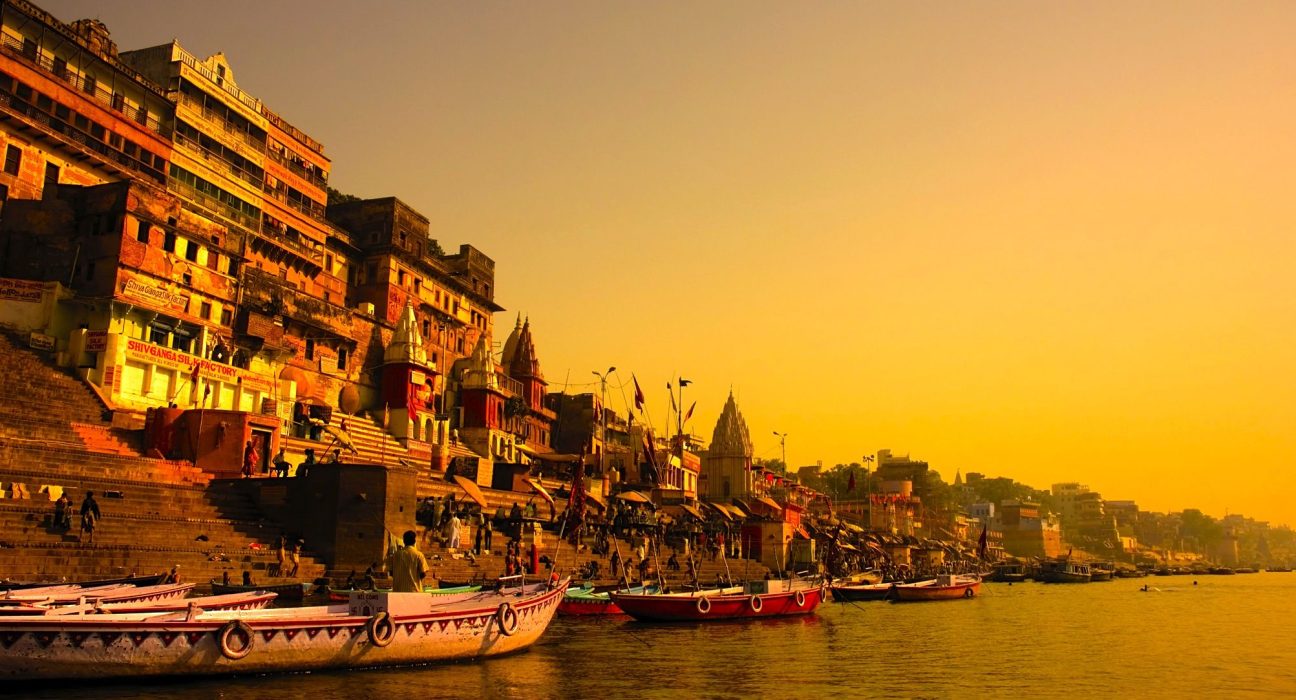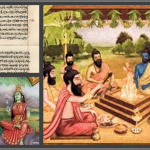
Hinduism, one of the oldest and most diverse religions in the world, has a rich tapestry of pilgrimage traditions. These sacred journeys to temples, rivers, mountains, and other holy sites are considered essential to spiritual growth and the pursuit of moksha (liberation). Pilgrimages in Hinduism vary across regions, sects, and traditions, yet they share the common goal of seeking divine blessings, purifying the soul, and reinforcing one’s connection with the divine.
In this comparative study, we will explore some of the key pilgrimage traditions in Hinduism, focusing on the different types of pilgrimages, the spiritual significance of various sacred sites, and the rituals that mark these journeys.
Types of Hindu Pilgrimages
Hindu pilgrimage traditions can be broadly classified into three categories based on their focus: temple-based, river-based, and mountain-based pilgrimages.
Temple-Based Pilgrimages
One of the most common forms of pilgrimage in Hinduism is the visit to temples dedicated to specific deities. These temples are considered the earthly abodes of gods and goddesses, and the act of visiting them is seen as a way to receive divine blessings. Among the most well-known pilgrimage sites are Kashi Vishwanath Temple in Varanasi, Vaishno Devi Temple in Jammu, and Jagannath Temple in Puri. Each of these temples is dedicated to a particular deity—Lord Shiva, Goddess Durga, and Lord Jagannath, respectively—and pilgrims from across India travel to these sacred sites to seek blessings, fulfill vows, or express gratitude for divine grace.
The Chardham Yatra, which includes four major temples—Yamunotri, Gangotri, Kedarnath, and Badrinath—located in the Himalayas, is another significant temple pilgrimage. These four sites are considered among the most sacred in Hinduism, representing the four cardinal directions, and visiting them is believed to lead to spiritual redemption.
River-Based Pilgrimages
Rivers in Hinduism are considered sacred and are worshipped as deities. Pilgrimages to holy rivers, particularly the Ganga (Ganges), are an integral part of Hindu tradition. A dip in the sacred river is believed to cleanse the soul of sins and ensure spiritual liberation. Pilgrimages to sites along the Ganga, such as Haridwar, Rishikesh, and Varanasi, are central to Hindu spiritual practices.
Other rivers, like the Yamuna, Sarasvati, and Godavari, also hold immense spiritual significance, with pilgrimages focused on river banks and the performance of rituals such as shraadh (ancestor worship) and puja (ritual worship). Each river has its own set of revered bathing ghats and temples, where pilgrims gather to perform sacred rituals and pay homage.
Mountain-Based Pilgrimages
The belief in the sacredness of mountains is another unique aspect of Hindu pilgrimage practices. Mountains are often seen as the abodes of gods and are places where devotees can commune with the divine. Mount Meru, for instance, is considered the axis of the world in Hindu cosmology, and pilgrimage to such mountains is an act of reverence.
One of the most prominent mountain-based pilgrimages is the Amarnath Yatra, a journey to the Amarnath Cave in Jammu and Kashmir, where a natural ice Shiva Lingam forms each year. The arduous journey, conducted during the summer months, attracts thousands of devotees who trek through treacherous terrain to reach the shrine. The pilgrimage is not only a spiritual undertaking but also a test of physical endurance and devotion.
Similarly, the Kailash Mansarovar Yatra is a pilgrimage to the holy Mount Kailash in Tibet, regarded as the abode of Lord Shiva. This pilgrimage is considered one of the holiest and most challenging journeys for Hindus, with the belief that completing the trek leads to spiritual awakening and liberation.
Common Rituals Across Pilgrimages
Despite the geographical diversity of Hindu pilgrimage sites, several common rituals bind them together. The most important of these rituals is darshan, the act of viewing and worshipping the deity in the temple or at the sacred site. Pilgrims often bring offerings such as flowers, fruits, incense, and holy water to present at the shrine. These offerings symbolize devotion and surrender to the divine.
Another key aspect of Hindu pilgrimage is the performance of pradakshina, or circumambulation, which involves walking around the deity or temple in a clockwise direction. This act symbolizes the pilgrim’s reverence and alignment with cosmic order. Additionally, many pilgrims engage in puja (ritual prayer), reciting mantras and hymns specific to the sacred site.
In some cases, pilgrims undertake vows or penances (called pratigya) to fulfill specific wishes or as acts of gratitude for divine intervention. These vows may involve fasting, abstaining from certain activities, or making monetary offerings.
Conclusion
Pilgrimages in Hinduism are deeply spiritual journeys that serve to connect devotees with the divine. Whether visiting temples, bathing in sacred rivers, or ascending mountains, each pilgrimage offers a unique path toward spiritual enlightenment. The shared rituals, sacred sites, and spiritual goals across these diverse pilgrimage traditions reflect the unity of purpose in Hinduism—seeking divine blessings, purifying the soul, and advancing on the path to liberation. The vast array of pilgrimage traditions across India highlights the flexibility and inclusiveness of Hinduism, ensuring that there is a spiritual route for every devotee, irrespective of their background or preferences.










